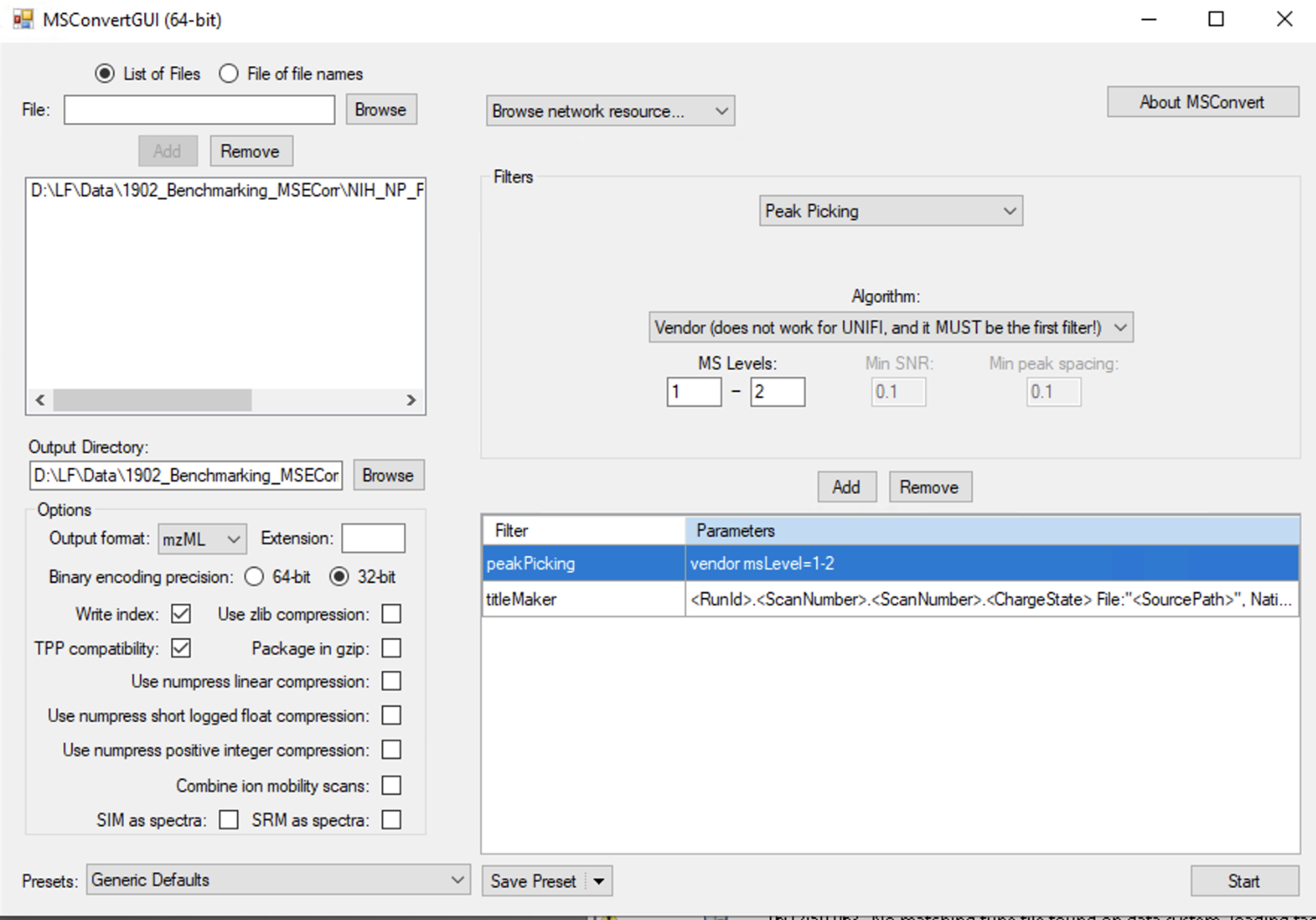Fixed an issue where the LonglongX formatting type is not indexed in TMF caches.Added support for multithreading and multiprocessing. Fixed an issue where Parse Trace to File cannot always parse all lines.Added CDF metadata support for .NET trace in the Comments field.Fixed an issue where a blank filter might cause a null pointer exception.Fixed an issue where the CPU field is always 0.Fixed an issue where some PVS traces cannot be parsed.AOT trace parsing.AOT trace highlighting.Added a limitation on the number of files of multiple sequential logs captured.Changed the color for error highlighting from black on red to yellow on red.Added new trace modules for Citrix Receiver and Citrix Workspace app.Fixed a crash issue that occurs when parsing Receiver AOT traces.Enhanced search to all TMF search paths for certain GUIDs to traverse the TMF file for all platforms.Added a setting to highlight errors and warnings automatically.Added a setting to enable PVS-specific.NET trace parsing format.Made the content of the trace class column more concise.Added missing modules for the local app access and printing features.Added support for parsing traces by using the time zone of the machine being traced.Introduced a warning dialog when you start tracing without selecting any module.Changed the default configuration to multiple sequential modes.Added the session tree of the DLL dependency list for processes. Added support for PVS.NET trace output with detailed columns.Signed binary files with SHA-256 to improve security.Changed the directory timestamp to 24-hour format.Introduced support for modifying and inserting custom trace messages in the Remote tracing dialog.Enhanced remote tracing support on Windows 10.Solved User Access Control (UAC) issues on Windows 7 and Windows 10.Introduced support to help parse multiple trace files (maximum 63 files) to a single output file. The trace messages are automatically sorted by message timestamp.Added a time filter option to help parse only trace messages in a specific time period.Moved to a new Citrix public symbol server since Version 3.0.2.0.Enhanced filtering to include filtering by column header, multiple rules, parsing filter, and more. Use the column header filter to filter the tracing from the column header; use multiple filtering rules to the current log at the same time; the parsing filter supports filtering by regular expression in real-time tracing and ETL parsing.Enhanced overall performance such as lowering memory consumption and increasing parsing speeds.
Introduced a module filter that allows you to search for specific modules by binary or module name.Added support for inserting custom trace statements to a running trace to mark the occurrence of specific events.Added a comment column for traces. Use this feature to add your findings to the comments column, save them to a CSV file, and share.Introduced session/process information support for remote tracing.Introduced support for HPC (High Performance Client) tracing. CDFControl supports collecting HPC tracing logs on Windows machines with Citrix Receiver 4.1.100 or later installed. Internal users can view real-time HPC tracing logs. The original HPC tracing pattern was not changed. You can still enable the original HPC tracing.Enabled highlighting. Use this feature to highlight rows in the viewer to distinguish them from others.Introduced support for custom column display. Use this feature to decide which columns you want to display or hide. Introduced an Add Filter Logic function for the multi-rules filter. Use this feature to define your own filter logic for multiple rules rather than the fixed AND logic of earlier versions.Prerequisites
- CDFControl requires Windows 7 SP1 or Windows 2008 R2 SP1 or later, each with .NET 4.5.1 or later installed.
- Run the tool as a user with administrator privileges for all features to be functional.
- For UAC, only trace capture requires elevation. For more information, see the user guide (CDFControl Menu > Help).
- Windows Remote Management (WinRM) has been enabled and configured properly on remote machines.
- The remote registry service has been enabled on the remote machines.
- File and printer sharing has been enabled on the remote machines.
- PowerShell 3.0 or later is available on the remote machines.
- The machine where the tool runs shares a domain with the remote machines.
Installing CDFControl
To install CDFControl, copy the CDFControl.exe executable file to the desired location. For Windows 8 and later, you must copy CDFControl.exe.config as well. No installer is required.
The CDFControl Version 2 includes the following for both 32-bit and 64-bit versions:
- CDFControl.exe
(Can be run standalone) - CDFControl.exe.config
(Necessary only for Windows 8 and later)
The first time you launch the tool, the application extracts the following configuration file to the same folder as CDFControl.exe:
- CDFControl.xml
(Configuration file)
How to Use CDFControl
See the user guide (CDFControl Menu > Help) for full usage instructions.
Note: Parse Trace consumes more memory than Parse Trace to File. Consider using Parse Trace to File when you parse large ETL files.
CDFControl AOT Features
AOT trace parsing
CDFControl v3.3 and later-supports parsing the always-on tracing (AOT) traces.
To parse the AOT traces, do the same as common trace parsing.
Cdf File Reader For Windows
AOT trace highlighting
You can highlight AOT traces for differentiation. Choose Tools and then Options. Select the highlighted AOT in the viewer check box to turn on/off AOT trace highlighting. AOT trace highlighting is enabled by default.
Security Permissions Required by CDFControl
Administrator privileges are required for all features to be functional.
Wolfram Cdf Player
Data Modified by CDFControl
- For dynamic TMF download, TMF files are temporarily stored in the user’s temp directory. These files are deleted automatically after use.
- If remote tracing is used, a few temporary files are generated.
For more information, see the Remote Tracing section in the user guide (CDFControl Menu > Help). - CDFControl captures traces. As a result, trace files are present on the machine being traced.
- You can export trace template settings to XML and CTL files.
Uninstalling CDFControl

To uninstall CDFControl and undo changes made to the system, delete all files generated in the same folder as CDFControl.exe.

Cdf File Reader
Contact Information
Cdf File Viewer
Questions? Concerns? Send any feedback on this tool to CDFControl Feedback.

